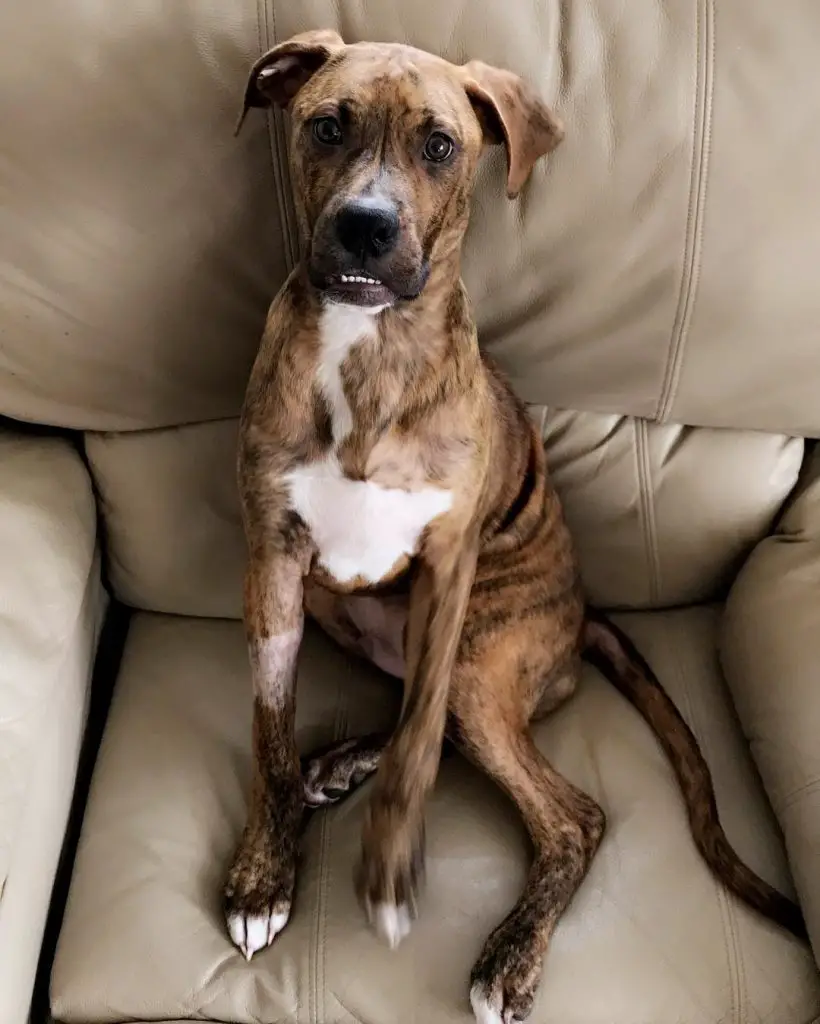
These pests cause irritation, which is often misdiagnosed as an allergic reaction resulting in unnecessary treatments such as steroids.
Boxer bull terrier skin#
Fleas and ticks love the warm weather and make it easy for parasites like mange mites and lice to take up residence in a dog’s skin without notice. In fact, fleas and mites are oftentimes the most common culprits behind hair loss and allergic reactions. Hair loss from infection or infestation can be caused by ringworm fungus, mange mites, fleas, parasites, ticks, and bacteria. These words sound scary, and the resulting hair loss or skin conditions can look even scarier. If you suspect your dog’s hair loss is due to genetics, it is still a good idea to visit your vet and rule out other potentially harmful causes. Typically, this type of hair loss occurs after the dog reaches one year old. These breeds include Greyhounds, Whippets, Chihuahuas, Dachshunds, and Italian Greyhounds. Other dog breeds simply experience patchy hair or baldness on different parts of their body, such as the chest, back, thigh, or neck. There are some breeds that are bred to be hairless, such as the Chinese Crested, Mexican Hairless (Xolo), and American Hairless Terrier. Just like with humans, genetics plays a role in hair loss in dogs.



Take a look at the top 10 dog breeds that are prone to allergies: Some dog breeds are more prone to allergies than others, especially purebreds. Common dog allergies include pollen, molds, dust mites, foods, or even parasites like fleas or mites. Like humans, dogs can experience various allergic reactions to their surroundings. The 5 most common causes of bald spots on dogs include allergies, Cushing’s disease, pressure sores, genetics, and infection or infestation.

Fortunately, there are treatments available from your veterinarian that may help prevent balding from getting worse and spreading elsewhere on the dog’s body. This article will explore the 5 most common causes of bald spots on dogs along with the signs and symptoms to watch for. If your dog has bald spots that don’t seem related to the time of year or their breed, there may be underlying health concerns to consider. But what do you do when they start to lose patches of fur? It can be hard to tell what’s going on with them if it’s not just shedding season. As a pet owner, you know the struggle of trying to keep your pup looking good and healthy.


 0 kommentar(er)
0 kommentar(er)
